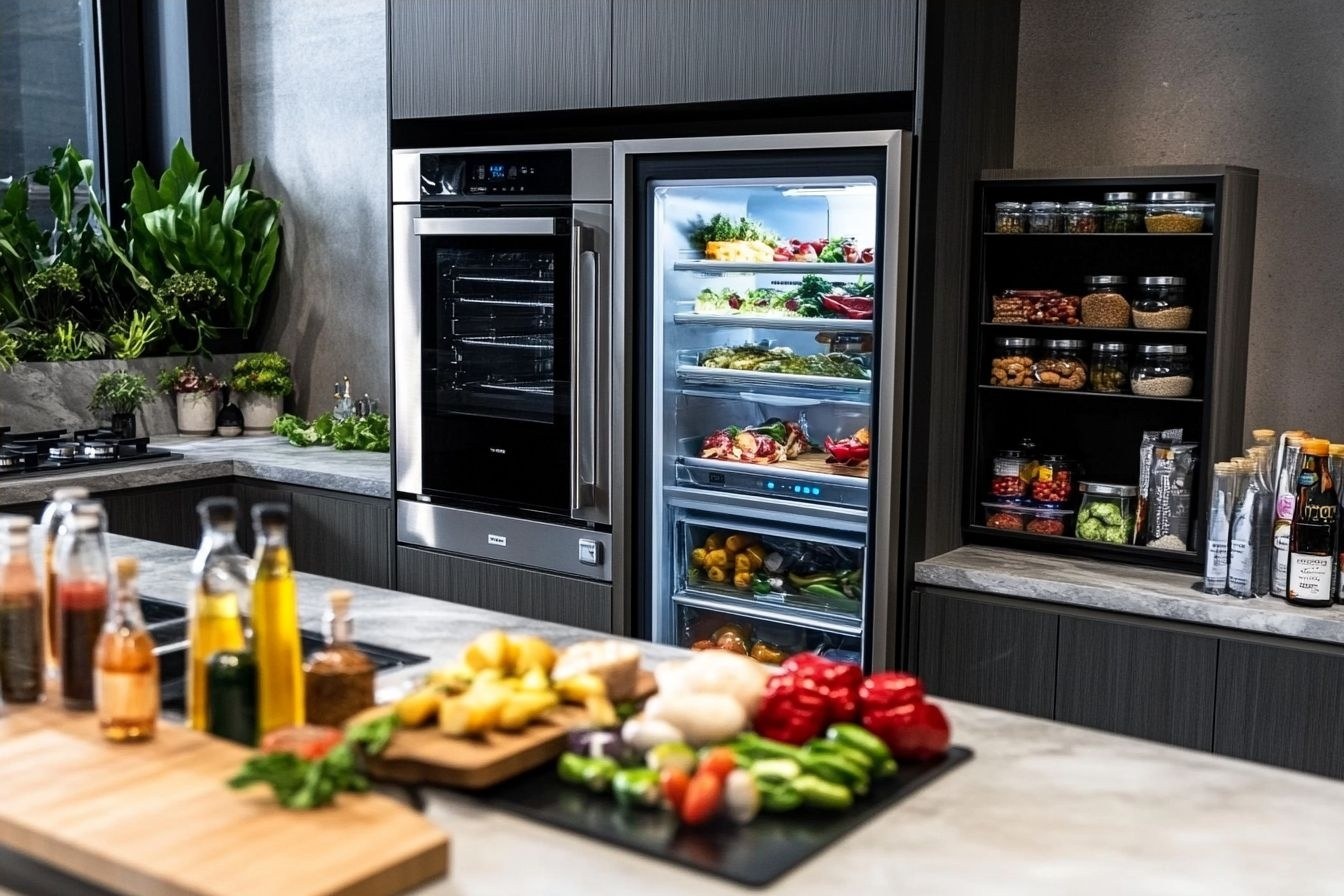Lighting strategies to improve food preparation areas
Effective lighting enhances safety, hygiene, and efficiency in food preparation areas. This short overview highlights how targeted fixtures and layout choices can reduce shadows, improve ergonomics, and support cleaning routines in kitchens and pantry zones.

Good lighting is a core element of any food preparation area, affecting safety, hygiene, and overall workflow. Properly planned lighting reduces shadows on countertops, helps identify spills on surfaces, and supports correct posture during mealprep tasks. It also complements layout choices, improves visibility around appliances and cookware storage, and makes maintenance and cleaning simpler. This article outlines practical lighting strategies that integrate with storage and organization solutions, countertop materials, ventilation needs, and sustainability goals to create functional, comfortable food prep spaces.
How does lighting affect ergonomics and layout?
Lighting strongly influences how people move and work in a kitchen. Thoughtful placement of task lights over workstations reduces eye strain and improves posture by allowing users to lean less or twist away from natural lines of motion. When lighting follows an efficient layout, it helps define cooking zones and traffic paths so cookware and appliances are within easy reach. Combining ambient, task, and accent layers supports ergonomics: bright task lighting over chopping boards and cooktops, softer ambient light for overall orientation, and subtle accent lights to mark transitions between zones.
What lighting suits countertops, surfaces, and mealprep?
Countertops and other surfaces need consistent, shadow-free illumination for safe cutting, measuring, and plating. Under-cabinet LED strips or puck lights provide direct task lighting on surfaces while minimizing glare. Choose color temperatures and color rendering that reveal food colors accurately—this can aid in mealprep and tasting. Position fixtures to avoid casting shadows from users’ hands or utensils and select dimmable options so intensity can be adjusted for different tasks and times of day. Waterproof or moisture-resistant fixtures are preferable near sinks and wet areas.
How can lighting improve storage, organization, and pantry use?
Good lighting makes storage and pantry spaces more usable, helping locate ingredients and reducing food waste. Add interior cabinet lights, motion-activated strips, or LED tape to illuminate shelves and drawers for better organization. Bright, evenly distributed light in pantries ensures labels and expiry dates are readable without needing a handheld torch. Thoughtful lighting supports storage systems by highlighting zones for frequently used cookware and appliances, which improves workflow during mealprep and reduces time spent searching for items.
How should lighting integrate with appliances and cookware zones?
Coordinate lighting with appliance placement to ensure the cooktop, oven, and prep zones each have adequate illumination. Range hoods often include task lighting that should be bright enough for stovetop work; supplement with overhead fixtures if needed to eliminate side shadows. For cookware storage, use focused lights to make racks and shelves visible, and ensure control panels on appliances remain readable. Plan wiring and switches so lighting controls are intuitive and accessible near primary appliances and prep surfaces for quick adjustments during cooking.
What role does ventilation, hygiene, and maintenance play with lighting?
Lighting and ventilation work together to maintain hygienic food prep areas. Fixtures located near vents or above stoves should be rated for higher temperatures and easy to clean to prevent grease buildup. Smooth, non-porous surfaces and sealed fixtures reduce dust and grime accumulation; choose lighting with accessible housings for periodic cleaning. Adequate illumination also aids hygiene checks—spotting spills, crumbs, or discoloration on surfaces—and simplifies maintenance tasks like replacing bulbs and servicing fixtures.
How can lighting choices support sustainability and long-term upkeep?
Energy-efficient LED fixtures offer long lifespans and lower electricity use compared with older technologies, contributing to sustainability goals. Select fixtures with good color rendering and efficient optics so fewer lights are needed overall. Install dimmers and occupancy sensors in less-used zones to reduce waste, and choose modular systems that allow individual component replacement rather than full fixture swaps. Proper installation and ventilation around fixtures extend service life and simplify maintenance, aligning lighting strategies with environmental and budget considerations.
Conclusion
Integrating considered lighting into food preparation areas enhances safety, functionality, and cleanliness while supporting ergonomics and efficient layout. By matching fixture types to tasks, illuminating storage and pantry zones, coordinating with appliances and ventilation, and prioritizing sustainable options, kitchens become more comfortable and easier to maintain without compromising performance.





